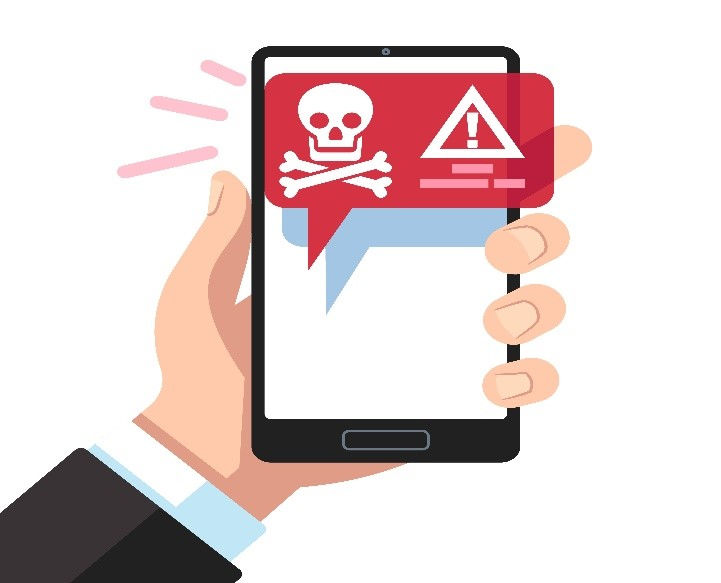Malicious Apps: Recognizing what they are and How you can avoid them?
- Better Mobile Security Inc.

- Nov 11, 2020
- 2 min read
Malicious Apps
Hackers nowadays have developed sophisticated ways to trick people into installing malicious malware on their devices. The apps they develop may look like popular legit apps, but they are very dangerous.

How does Malware work?
Mobile malware commonly takes one of these two approaches. The first type of malware tricks the user into permitting it to access sensitive information like your contact list, phone number or email address, device information, and banking credentials.
The second type of malware takes advantage of phones' vulnerabilities by giving itself administrative privileges to gain sensitive information. Users' need to click "OK" on permission requests would reduce, which would let the malware run unnoticed in the background.
How do you recognize Malicious apps on your phone?
Malicious malware is designed to hide in plain sight; this allows the hackers to trick people into downloading it quite easily. even if the user eventually recognizes the malware to be dangerous, it might be challenging to uninstall.

You may often come across malicious apps that can be quickly taken down by removing the apps permission and then finally deleting them. Most malicious apps are so sophisticated that it is nearly impossible for the typical user to find them let alone uninstall them. Some of these apps hide their icons. They also give themselves administrator privileges, so they won’t get detected easily and would require extra steps to be removed.
Reducing the risk of downloading a malicious app
As smartphone users, we can follow a few necessary rules to decrease our chances of downloading malicious malware drastically.
1. First and foremost, only download apps from dependable sources, Google Play for Android users, and app store for iOS. There might also be occasional malware on these stores, but you will still significantly increase your safety chances.
2. Keep your phone’s software updated. If you have malware running on your mobile device by any chance, the software updates from your phone could cut off the malicious software’s access to your phone and patch up the vulnerabilities.
3. Review the permissions apps have on your mobile device. Try to determine which permissions are necessary for the full functionality of the application you are trying to install.
4. Make sure to read the reviews of users that have already installed the app.
5. Install anti-virus apps/ Mobile security on your device. These services help by detecting and notifying you when malicious behavior is spotted on your device
To sum it up, be vigilant when installing apps on your phones. It would be best if you took a minute to read its permission boundaries and ratings to make sure that they are safe to use and applicable for the user.



Comments